Parsley & Chives
Parsley and chives shouldn't be planted next to each other because
they don't get along.
But in the kitchen, they are the most used allrounders.
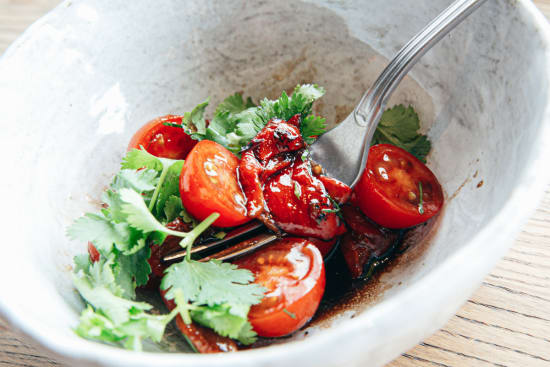
Parsley - goes well with almost any dish
Fresh, aromatic parsley, which tastes
slightly of celery and nutmeg, is indispensable in cooking.
Note: curly parsley tastes milder than the smooth variety.
But both are suitable not only for meat, fish, egg dishes, quiches
and tomato sauces, but also for herb curd cheese and salads.
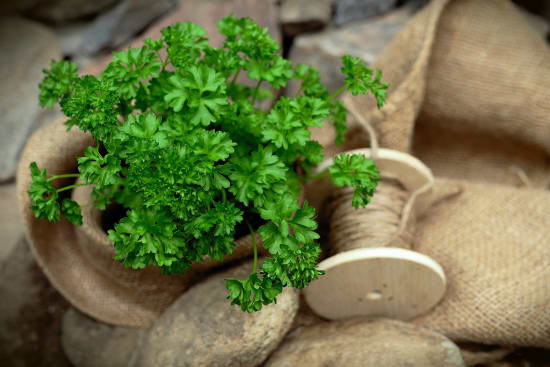
This herb belongs just as firmly to the famous «Grüne Sauce»
from Germany as to the Italian «Salsa Verde». And: you can also
make pesto with parsley by simply substituting
fresh parsley for the basil that would otherwise be used for it.
Biennial parsley likes partial shaded, wind-protected locations.
Water moderately only when the soil has
dried. The herb is very sensitive to waterlogging.
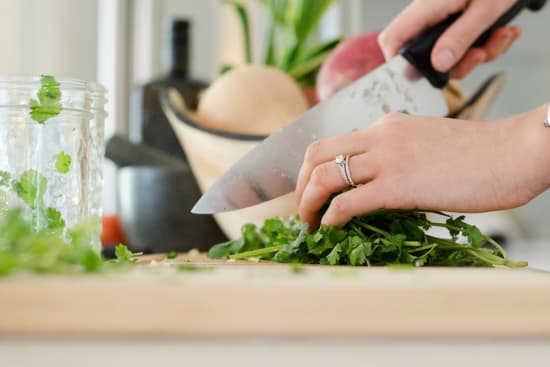
Parsley - raw, heated, cooked or as a root
Parsley is used in different ways. As a rule, it is chopped and
sprinkled over a
hot dish only at the end to preserve the valuable ingredients.
In France and Italy, however, parsley is added at the beginning of
cooking as a flavoring agent, for example in tomato sauces and
vegetable dishes or - together with other herbs -
as a «bouquet garni» in soups, stews and braised dishes.
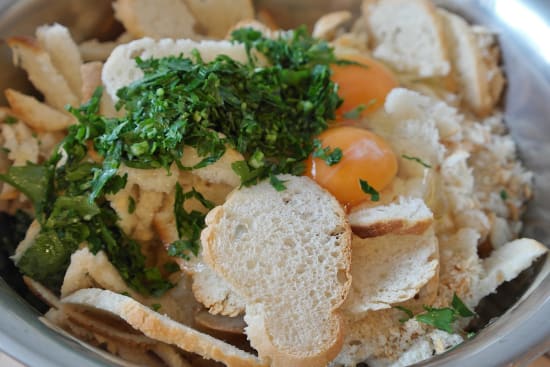
Recently, parsley has even been known as soul food. It can also be
used with
vegetables and fruits to make delicious and healthy smoothies.
Last but not least, fine dishes are also created from the parsley root.
Most often, the slightly sweet carrot is used as
an ingredient for soups or transformed into a creamy soup.
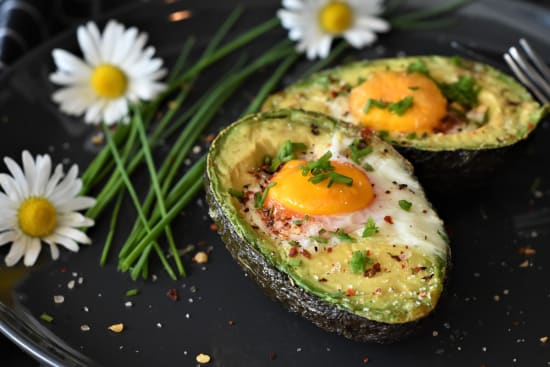
Chives - used for many dishes
Chives are savory, slightly spicy and have a similar taste to leeks.
It is one of the most versatile kitchen herbs and goes well with
salads, salad dressings, herb butter, herb curd, soups, hearty egg
dishes such as scrambled eggs or omelets,
savory appetizers, marinades, smoked fish and on buttered bread.
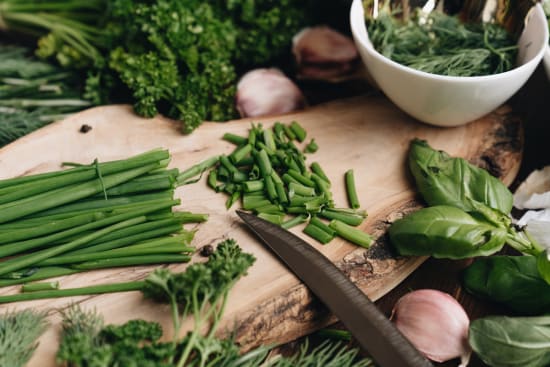
Give chives a sunny to semi-shaded spot outdoors. In summer,
it needs a good water supply or the leaves will become straw-like.
Keep it evenly moist, but not wet, and avoid waterlogging.
It needs to be cut regularly. This will ensure a healthy, bushy growth.
Caution: flowering
leaves are no longer edible. However, flowers make good decoration.
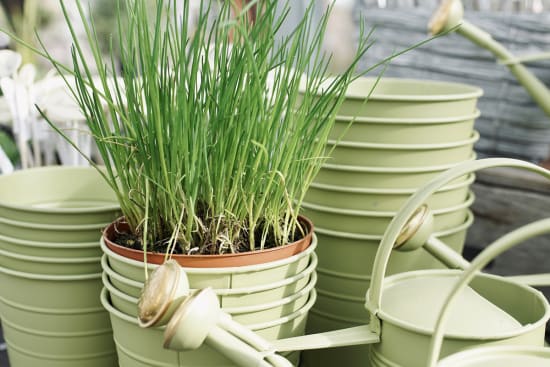
Chives - also ornamental plant and for green roofs
Chives are not only delicious, but also highly attractive.
Since it forms dense clusters,
it can be used as a decorative flowerbed border.
However, it also does well as a purely ornamental plant, e.g.
planted in pots and rock gardens. Chives are not only
available with violet flowers, but also with ivory to white ones.
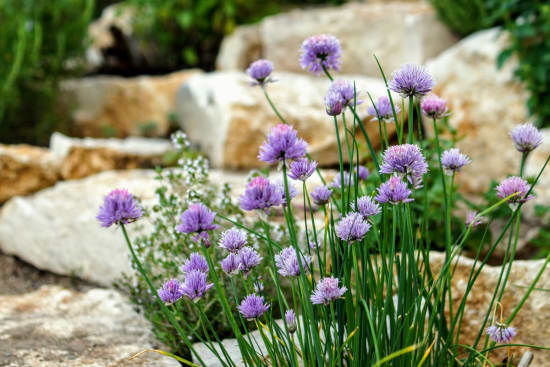
It is even used as a roof planting. Here, however, experts recommend
a plant mix of various succulents,
herbs such as thyme and chives, and familiar rock garden grasses.
Advantage: since the insect world also enjoys the edible flowers,
the visit of bees, bumblebees and butterflies is virtually guaranteed.
Fresh herbs delivered directly to your home by mail –
conveniently ordered from FleuropHOME.
More exciting topics about herbs
Sage, Rosemary & Thyme
Sage, rosemary and thyme make us dream of the Mediterranean, of Italy and Provence. They intensely flavor and are very easy to care for.
Marjoram & Oregano
Marjoram and Oregano do belong to the same plant genus. But while marjoram can be combined with other spices, oregano is more commonly used alone.
Parsley & Chives
Parsley and chives shouldn't be planted next to each other because they don't get along. But in the kitchen, they are the most used allrounders.
Basil & Mint
Special and always a delight: basil and mint require a delicate touch. But used correctly, these herbs are really great.
Dill, tarragon & coriander
From tart or slightly peppery to oriental: passionate amateur chefs also like to use special herbs. Dill, tarragon and coriander are three of them.
Storing and preserving herbs
You don't always need fresh herbs. And sometimes you want to preserve them to have them on hand whenever you need them. Here are some tips.
